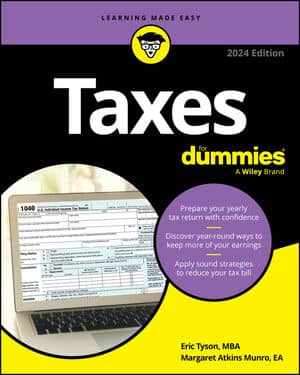-
On the first page of your 1040, find your Total Income.
-
Locate your Total Tax.
-
Divide your Total Tax by your Total Income.
This determines your federal effective tax rate.
-
Approximate your total tax rate by examining your state income tax returns.
Identify your Total Tax and divide that amount by your Total Income.
-
Calculate your total effective tax rate.
Add your federal tax rate to your state and local tax rates.
You’ll also want to know your effective tax rate to be able to more accurately determine the value of tax-deductible expenses. This knowledge helps keep things in perspective.
Another important number is your adjusted gross income (AGI), which you need to know if you’re planning on pursuing deductions. The quickest way for you to determine your AGI is to refer back to your last tax return.
You can find your AGI for the previous year at the bottom of the first page of your 1040. If your income and deductible expenses aren’t expected to change much this year as compared to last year, use last year’s AGI for your planning purposes.

